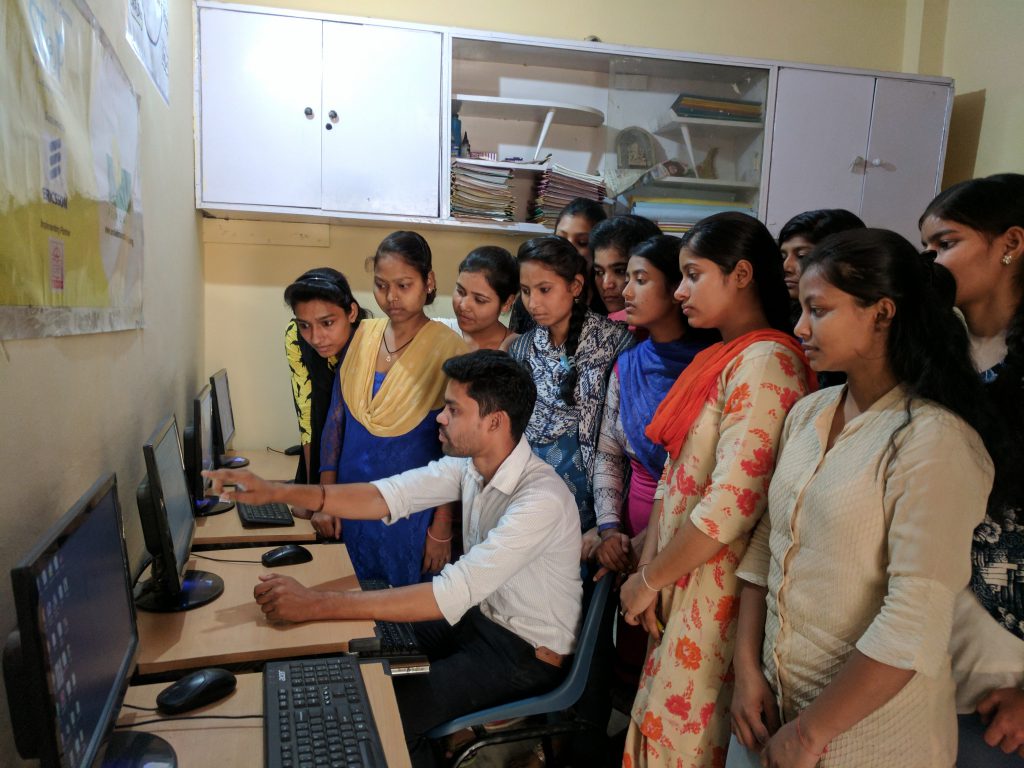Women are stepping up, launching innovative ventures and contributing significantly to economic growth. Despite their remarkable strides, women entrepreneurs face a persistent issue- they receive too little of venture capital funding. The low numbers reflect deep-seated systemic biases and missed opportunities for economic and social advancement.
The potential of women entrepreneurs
Women entrepreneurs are not just business leaders- they are innovators, job creators and community builders. Studies have shown that women-led businesses often outperform their male counterparts in terms of return on investment and revenue generation. Companies with female founders are more likely to prioritise social responsibility, sustainability and inclusive practices, leading to broader societal benefits.
Despite these strengths, women entrepreneurs remain significantly underfunded. The low figures are a reflection of the broader challenges that women face in the entrepreneurial ecosystem. These challenges include limited access to networks, mentorship and opportunities that are readily available to their male counterparts.
Insights from the RBI Innovation Hub White Paper
The Reserve Bank of India’s Innovation Hub (RBIH) subsidiary recently conducted an event in collaboration with mysaltapp and the FICCI Ladies Organisation, where they released a white paper titled ‘At The Helm: Women Entrepreneurs Transforming Middle India’. This white paper sheds light on the funding discrimination faced by women entrepreneurs, particularly in Tier 2 and 3 cities.
Rajesh Bansal, CEO of the Innovation Hub, highlighted the lack of gender-disaggregated data. He noted that only 3% of women entrepreneurs in these cities have access to external funding. This low level of funding is a severe impediment to the growth of women-led businesses in less urbanised areas. Mr. Bansal also pointed out that when women design products, they cater to the needs and perspectives of other women, often overlooked by male counterparts in the industry. This underscores the importance of promoting women in entrepreneurship and fintech.
The white paper revealed other critical data about the state of women entrepreneurs in India. Only around 20% of India’s MSMEs are women-led and majority of them are sole proprietorships. Within these, 5.2% of small enterprises are women-led and just 2.6% of medium enterprises are women-led. Additionally, women often shoulder the majority of care responsibilities in the family, which significantly impacts their entrepreneurial ventures. This is especially true in Tier 2 and 3 cities, where scalable employment opportunities are limited.
Systemic bias and barriers leading to low finding of women entrepreneurs
The underfunding of women entrepreneurs can be attributed to several systemic biases and barriers-
- Gender Bias: Investors, predominantly male, often have subconscious biases that lead them to favor male entrepreneurs. This bias is reflected in the questions they ask, the assumptions they make and ultimately, the funding decisions they make.
- Network Gaps: Women often lack access to the same professional networks as men. These networks are crucial for securing funding, as investors tend to fund entrepreneurs within their circles.
- Risk Perception: There is a pervasive belief that investing in women-led businesses is riskier. This myth persists despite evidence to the contrary and hampers women’s access to capital.
- Limited Role Models: The scarcity of successful women entrepreneurs in the media and industry circles limits the visibility of female role models. This lack of representation can discourage potential women entrepreneurs from pursuing their ventures and makes it harder for them to gain investor confidence.
Economic and social implications
By not investing in women-led businesses, we are missing out on innovative solutions and perspectives that could drive economic growth and address societal challenges. Women are more likely to reinvest their earnings into their families and communities, amplifying the positive impact of their success.
Moreover, diverse leadership teams lead to better decision-making and problem-solving. Companies with gender-diverse leadership are in a better position to understand and serve diverse markets, leading to increased profitability and market share.
Steps Toward Change
Addressing the funding gap requires concerted efforts from multiple stakeholders-
- Awareness and Education: Investors need to be educated about the benefits of investing in women-led businesses and the biases that affect their decision-making processes. NGOs like Smile Foundation play a major role in this.
- Policy Interventions: Governments can bridge the gap by implementing policies that promote gender equity in funding, such as tax incentives for investments in women-led businesses or dedicated funding programmes.
- Support Networks: Building and supporting networks for women entrepreneurs can provide them with the mentorship, resources and opportunities needed to succeed.
- Showcasing Success Stories: Highlighting successful women entrepreneurs and their journeys can inspire others and change perceptions about women in business.
- Investor Diversity: Increasing the diversity of investors, including more women in decision-making positions within venture capital firms, can help mitigate bias and broaden the scope of investment opportunities.
The 3% funding statistic for women entrepreneurs is an indicator of systemic inequality in the entrepreneurial ecosystem. Addressing this imbalance is not just a matter of fairness- it is an economic imperative. By ensuring that women entrepreneurs receive equitable funding, we can unlock a wealth of innovation, drive economic growth and foster a more inclusive and equitable society. It is time to recognise the untapped potential of women entrepreneurs like in our women empowerment programme Swabhiman and invest in their success.









